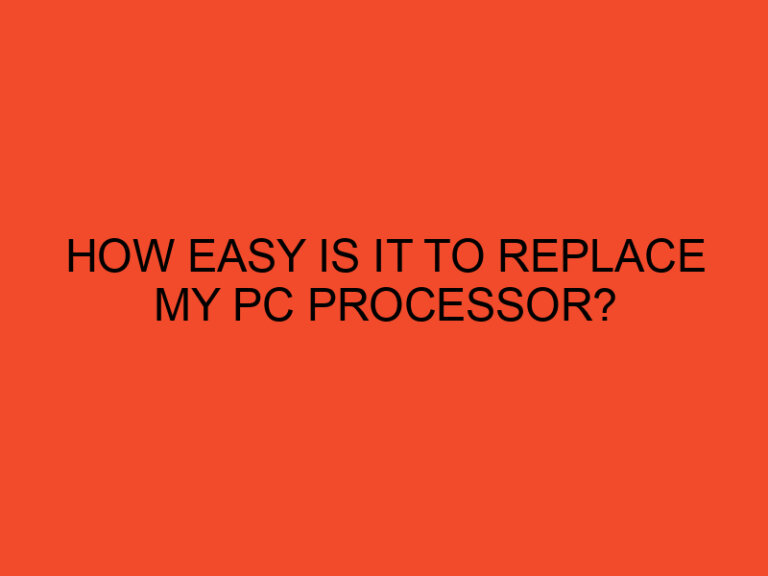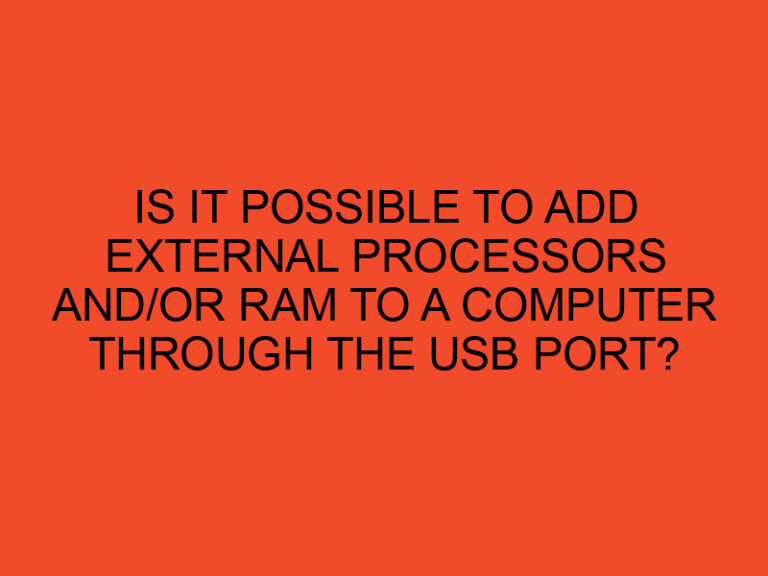In today’s digital age, businesses are increasingly migrating to the cloud to enhance their operational efficiency, scalability, and overall agility. As companies navigate the complexities of multi-cloud environments, a Cloud Management Platform (CMP) becomes essential. In this article, we’ll explore the key benefits of implementing a cloud management platform for your business and why it’s a crucial investment for your future.
Table of Contents
1. Understanding Cloud Management Platforms
1.1 What is a Cloud Management Platform?
A Cloud Management Platform (CMP) is a suite of integrated tools designed to manage and optimize cloud services across public, private, and hybrid environments. CMPs provide organizations with the ability to automate, orchestrate, and streamline cloud operations, ensuring that businesses can effectively manage resources while minimizing costs.
1.2 The Growing Importance of CMPs
With the rapid adoption of cloud services, businesses are facing challenges such as managing multiple providers, ensuring security, and optimizing costs. A CMP addresses these challenges by providing centralized control and visibility over cloud environments.
2. Key Benefits of Using a Cloud Management Platform
2.1 Enhanced Visibility and Control
One of the primary advantages of a CMP is the ability to gain comprehensive visibility into your cloud resources. This centralized control enables IT teams to monitor usage, performance, and costs across various cloud services.
- Action Step: Implement a CMP to visualize your cloud infrastructure and gain insights into resource utilization.
2.2 Cost Optimization
Cloud costs can spiral out of control if not monitored effectively. A CMP helps businesses track expenses, analyze spending patterns, and identify opportunities for cost savings.
- Example: By using automated cost reporting features, businesses can eliminate unused resources and optimize their spending.
2.3 Improved Resource Management
Managing cloud resources efficiently is crucial for maximizing performance. A CMP enables businesses to allocate resources based on demand, ensuring optimal performance and minimal downtime.
- Action Step: Utilize auto-scaling features within your CMP to adjust resource allocation dynamically based on usage patterns.
2.4 Simplified Compliance and Security
Compliance with industry regulations and maintaining security are top priorities for businesses. A CMP helps enforce security policies, manage access controls, and ensure compliance across all cloud environments.
- Example: Many CMPs offer built-in compliance reporting and security monitoring, simplifying audits and reducing risks.
2.5 Streamlined Workflow Automation
A CMP can automate repetitive tasks, such as provisioning resources, managing updates, and scaling applications. This automation not only improves efficiency but also frees up IT teams to focus on strategic initiatives.
- Action Step: Identify manual processes within your cloud operations and implement automation features in your CMP to streamline them.
2.6 Enhanced Collaboration and Integration
Cloud management platforms facilitate better collaboration among teams by integrating with existing tools and platforms. This integration allows for seamless communication and improved project management.
- Example: Integrating your CMP with project management tools like Jira or Trello can enhance team collaboration on cloud projects.
2.7 Multi-Cloud Management
Many businesses operate across multiple cloud providers. A CMP simplifies the management of multi-cloud environments, providing a unified interface for controlling and optimizing resources from different providers.
- Action Step: Choose a CMP that supports multiple cloud vendors to simplify your management processes.
3. Choosing the Right Cloud Management Platform
3.1 Key Features to Look For
When selecting a CMP, consider the following features:
- Cost Management: Look for tools that provide real-time cost monitoring and budgeting.
- Security and Compliance: Ensure the platform offers robust security features and compliance management tools.
- User-Friendly Interface: A straightforward interface can significantly reduce the learning curve for your team.
- Integration Capabilities: Check if the CMP integrates well with your existing tools and workflows.
3.2 Popular Cloud Management Platforms
Some of the leading CMPs in the market include:
- AWS Management Console: Ideal for businesses using Amazon Web Services.
- Microsoft Azure Management Portal: A robust option for organizations leveraging Microsoft Azure.
- CloudHealth by VMware: Offers extensive multi-cloud management capabilities.
- RightScale: Focuses on cost management and automation for hybrid clouds.
4. Implementing a Cloud Management Platform
4.1 Assess Your Needs
Before implementing a CMP, assess your organization’s specific needs and challenges. Identify pain points in your current cloud operations to determine what features will be most beneficial.
4.2 Train Your Team
Successful adoption of a CMP requires adequate training for your IT team. Ensure they understand how to leverage the platform’s features to maximize its benefits.
4.3 Monitor and Optimize
Once your CMP is in place, continuously monitor its performance and gather feedback from users. Use this information to optimize your cloud management processes and make necessary adjustments.
5. Conclusion
As businesses increasingly rely on cloud technology, implementing a Cloud Management Platform becomes essential for effective resource management, cost optimization, and enhanced security. By providing visibility and control over your cloud environments, a CMP can significantly boost your operational efficiency and support your business growth. Invest in a CMP today to future-proof your organization in the digital age.
FAQs
What is the primary function of a Cloud Management Platform?
A Cloud Management Platform (CMP) provides centralized tools for managing, monitoring, and optimizing cloud resources across various environments.
How can a CMP help with cost optimization?
A CMP tracks cloud spending and usage patterns, helping businesses identify and eliminate unused resources, leading to significant cost savings.
Can a CMP enhance security and compliance?
Yes, a CMP enforces security policies, manages access controls, and offers compliance reporting, making it easier to adhere to industry regulations.
What features should I look for in a CMP?
Key features include cost management, security and compliance tools, user-friendly interfaces, and integration capabilities with existing tools.
How do I implement a Cloud Management Platform?
Start by assessing your organization’s needs, training your team, and continuously monitoring the CMP’s performance to optimize its use.






